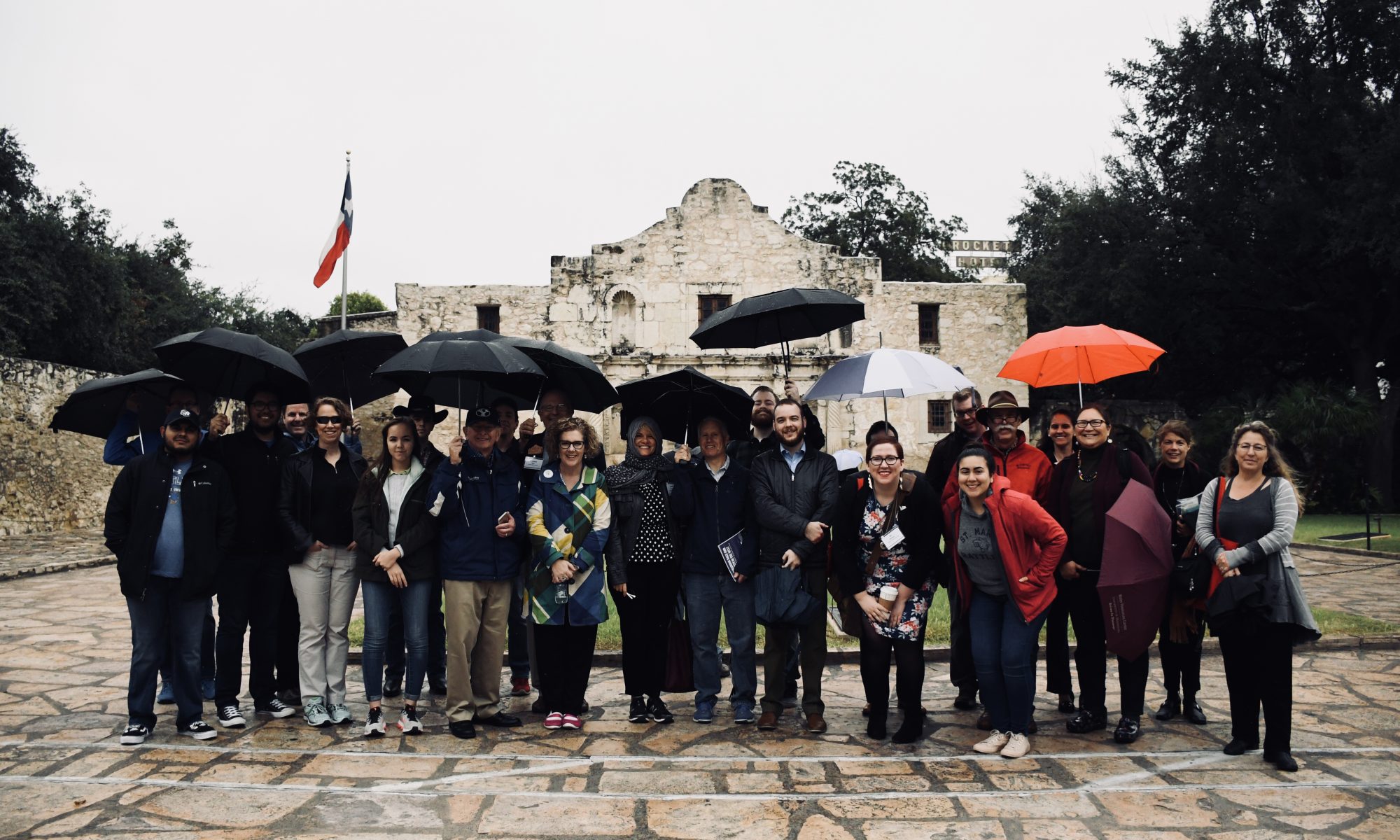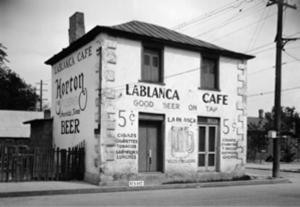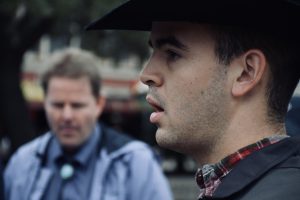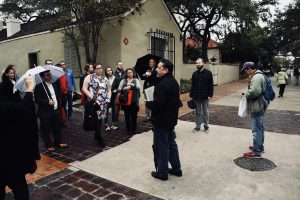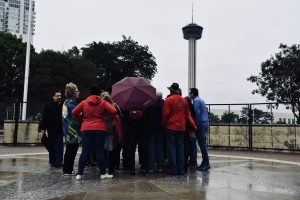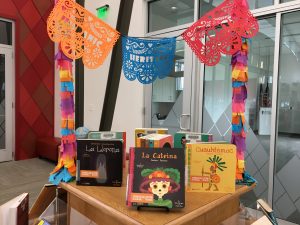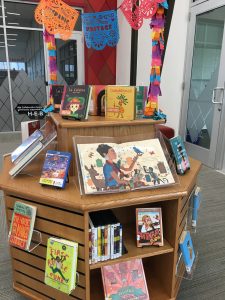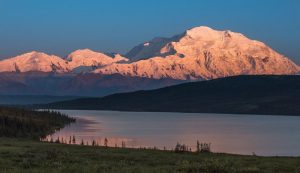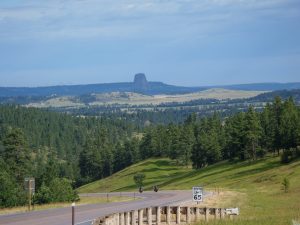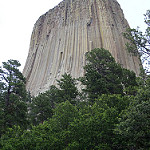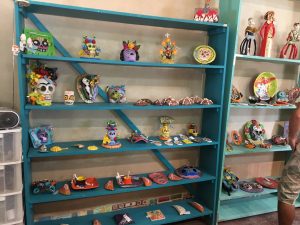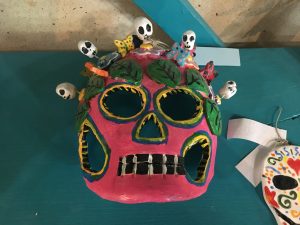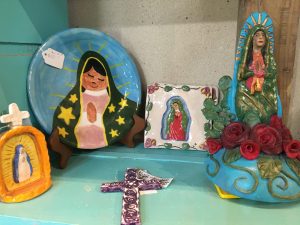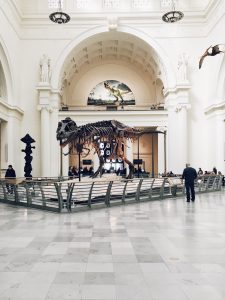Railroads and the Making of Modern America. http://railroads.unl.edu. Created by William G. Thomas III, Richard Healey, Ian Cottingham, Leslie Working, Nathan B. Sanderson, Zach Bajaber, Karin Dalziel, Keith Nickum, Brian L. Pytlik Zillig, Laura Weakly, Trevor Munoz, Dan Becker, Catherine Biba, Luci Bolwer, Karin Callahan, Sarah Dieter, Paul Fajman, Marco Floreani, Amy Grant, Erin Johnson, John Kemp, Kurt E. Kinbacher, Miles Krumbach, Dan Larsen, Steve McGuire, Lundon Pinneo, Cris Rasmussen, Anastasia Smallcomb, Nic Swiercek, Michelle Tiedje, Rebecca Wingo, and Robert Voss, The University of Nebraska Lincoln, http://railroads.unl.edu/about/index.php. Reviewed Jan. 2019.
It is said it takes a team to build a mountain. In reviewing Railroads and the Making of Modern America, a digital history project maintained through the University of Nebraska Lincoln. On a macro-level, Rail Roads and the Making of Modern America can be defined as a digital exhibit/tool, covering the socioeconomic, political, and cultural impact of the rail road between Nebraska and America’s slave trade. In discussing this topic, Rail Roads does a great job at maintaining a neutral point of view in providing objective content on the matter. At a more defined micro-level, you really begin to see the immense depth of this project. When visiting the site, a simple scroll of your mouse pad begins your journey as samples of content interchange on an automated slideshow.
Complimenting the automated slideshow, the home page, provides for the viewer easy access tabs concentrating on individual areas of this site. Tabs labeled “Data”, “Search”, “Topic”, and “Home” make it utterly impossible to get lost while navigating. I began maneuvering through this site simply by taking a quick glance at what each area had to offer. On a quick glance, I came across things photos, map, letters, reports, and contracts, mostly in relation to a specific rail road company or slave owner. In addition to these items were also more general documents specific to a region or route taken. Not isolated to any one area, these documents could be found within each area of study. An area not given much attention, was the adaptations for those with special needs or abilities. While each area of study contained an assortment of available content, individuals with special needs or abilities will need to find alternate aid to assist in viewing this site as no options are available for the filtering of these needs.
Aside from this, the content of this project is well organized and displayed. In general, the material housed here could benefit high school and college students in search of primary sources on this topic. Outside of classrooms, this source also has the potential to be useful for genealogy, with its capability to search for railroad employees.
In reflection, the digital media pieces which stood out to me more than others as having the most potential included, an interactive map which allows the viewer to scroll through to a given event and connects it to an interactive calendar, so the viewer can connect an event. Another fascinating section documented the purchase of slaves to include surnames and quantities of slaves. Another area I particularly enjoyed was an element which use the rail road information to show an example of Spatio-Temporal Correlation Technology. For this example, you are given the option to view the map used from the view of elevation, population, or rail roads. For each of these, this example gives the viewer the option to scroll from 1869 to 1887 and literally watch the rail road system grow across the state of Nebraska. Finally, in what would be everyone’s favorite, Rail Roads and the Making of America has added to this collect several podcasts which allow for additional insight into some of the more detailed pieces to this story. As a bird’s eye view it is fascinating to watch the impact of the railroad in real time.
In conclusion, the work compiled for Railroads And The Making of Modern America is but a mere example of the heights digital history can go. In an age filled with up and coming tech savvy students, the need to maintain a higher level of engagement become more of a necessity. Railroads And The Making of Modern America does that perfectly.


